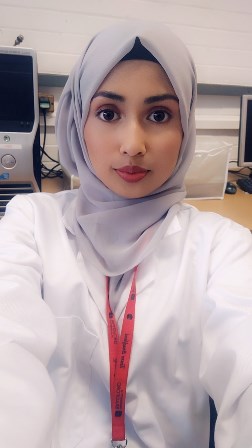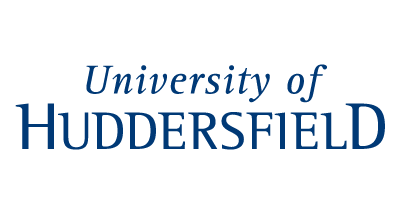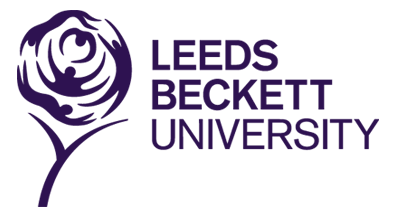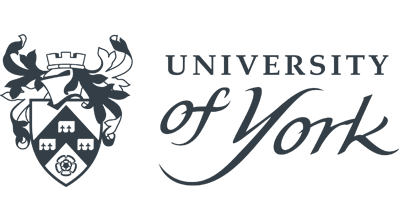Date published: 27/09/18

Synthetic ligament development
- Name: Nasira Haque
- Current Organisation: University of Bradford
In May, Translate opened its summer student project scheme to support small medical technology development projects in the Leeds City Region. The scheme proved to be a massive success and 26 unique projects were funded. Learn more about their work in this blog.
My name is Nasira Haque and I am reading Biomedical Engineering at the University of Bradford. My interests lie in wound repair and tissue engineering. My summer project was to develop a synthetic ligament via rotating drum electrospinning.
Polycaprolactone (PCL) solutions were electro spun to produce fibres. It had been established that this type of fibre cannot solely be used as the individual’s affected joint would have to be kept completely immobile. This is because cellular growth requires significant time to occur. A person’s joint being kept immobile for long periods is quite unachievable and uncomfortable, therefore this is not ideal.
The novelty of this project is that a combination of synthetic filament and electro spun fibres were grouped to create the synthetic ligament. The filament was included to provide initial strength to the ligament, allowing mobility and providing time for cellular growth to occur via the electro spun fibres. This synthetic ligament could potentially be used to treat the failure of the cruciate ligament which is common in sport injuries.
An opportunity
The summer placement gave me the opportunity to gain confidence and improve my laboratory skills. I also have gained invaluable experience in using different software and machines. This position not only developed my knowledge, but also my creativity. As well as allowing me to research into the tissue and material engineering.







